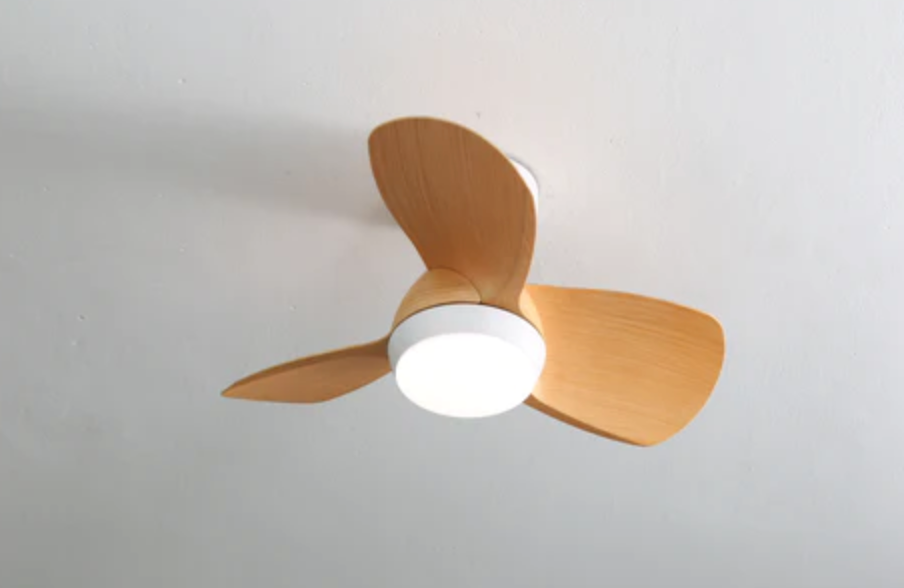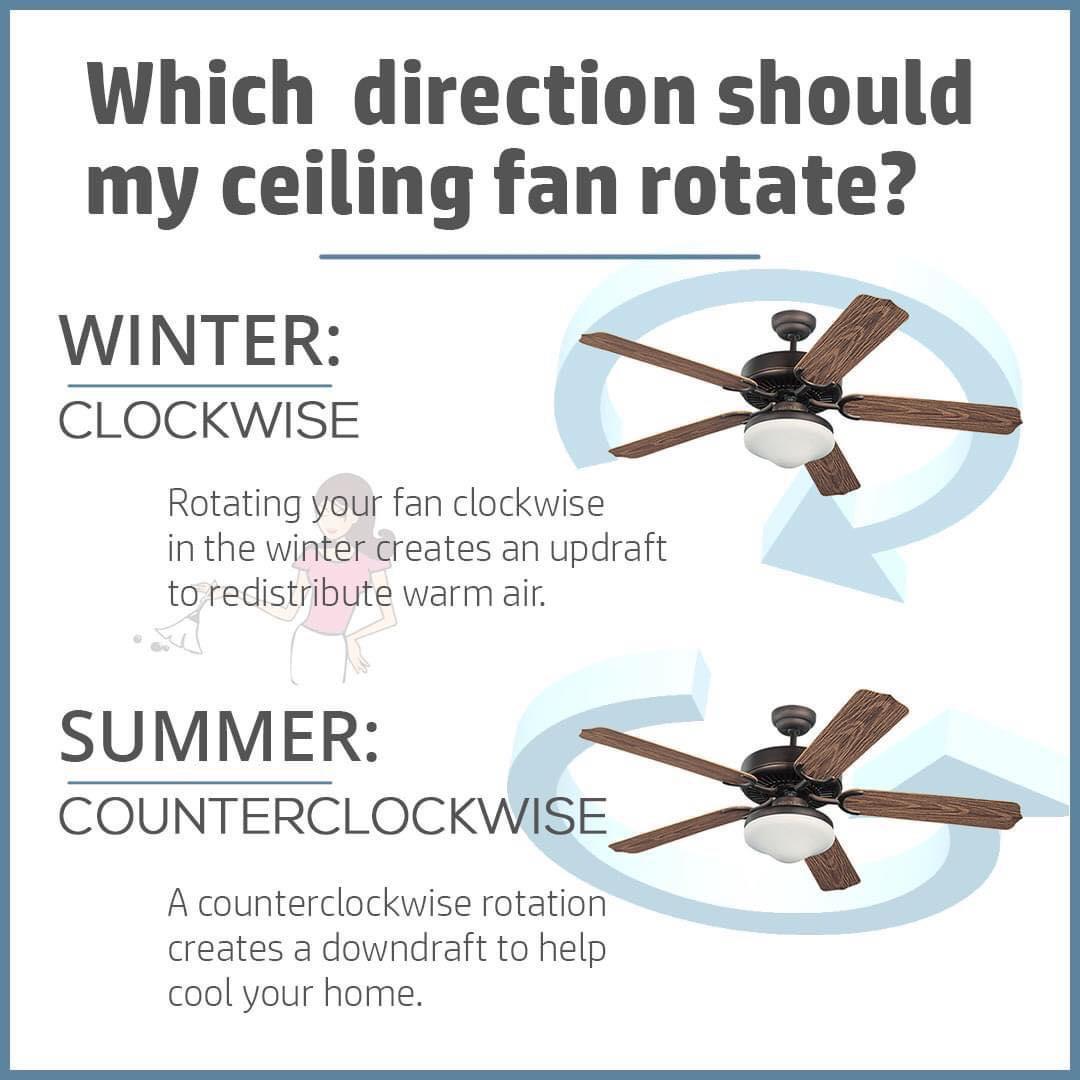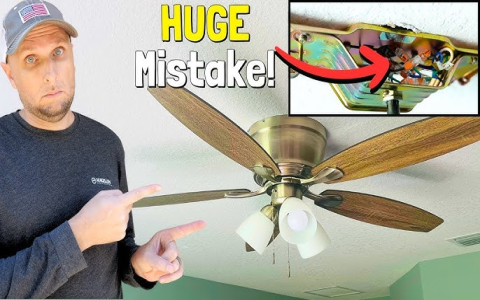Should You Leave Ceiling Fans On All the Time?
Ceiling fans are a common feature in many households, providing a sense of comfort and a cool breeze during hot months. However, a lingering question many homeowners ponder is whether these fans should be left running continuously or turned off when not in use. This article explores the pros and cons of leaving ceiling fans on all the time, focusing on cost, efficiency, and comfort.

Ceiling fans operate by creating a wind-chill effect, making the air feel cooler even in higher temperatures. When a fan runs, it circulates air, preventing the warm air from settling near the ceiling and providing a more even temperature across the living space. This is particularly advantageous during the summer months when even a small drop in perceived temperature can enhance comfort significantly.
Energy Efficiency and Cost Effectiveness
One of the primary considerations when deciding whether to leave your ceiling fan on is energy efficiency. Ceiling fans consume relatively low amounts of electricity compared to air conditioning systems. Running a fan can be a cost-effective alternative to cooling your space, especially in moderate climates. However, leaving the fan on when no one is in the room does not contribute to cooling the air; it simply moves the air around. The consensus among energy experts is that ceiling fans should be used in occupied rooms and turned off when leaving, aligning with the philosophy of efficient energy consumption.
Comfort Considerations
The comfort level of a room can vary greatly based on airflow and humidity levels. In dry climates, fans can enhance comfort by increasing evaporation from the skin, making it feel cooler without actually lowering the room temperature. Conversely, in humid environments, air stagnation can make spaces feel hotter. Here, a ceiling fan can help alleviate the discomfort associated with humidity. When temperatures rise, the sensation of moving air can significantly improve how cool the space feels.
Safety and Maintenance
Another factor worth considering when leaving ceiling fans on constantly is safety. Although ceiling fans are generally safe, running them continuously can create wear and tear on the motor, potentially leading to malfunctions and an increased risk of component failure over time. Regular maintenance can extend the life of your ceiling fan, including cleaning blades and checking wiring.
It’s also essential to consider what materials your fan is constructed from. Wooden blades can warp over time if subjected to prolonged exposure in various humidity levels. Therefore, turning the fan off when it’s not needed can help preserve its integrity.

Seasonal Adjustments
Changing the direction of your ceiling fan can also impact its efficacy throughout the year. In summer, fans should rotate counterclockwise to create a cool down-draft, while in winter, a clockwise rotation helps circulate warm air that rises to the ceiling. This seasonal adjustment can enhance comfort levels without needing to leave the fan running continuously.
Summary of Best Practices
The ideal approach is to use ceiling fans strategically. Turn them on when you are in the room and need a cooling effect, and switch them off when you leave. This approach allows you to enjoy the benefits of your ceiling fan without the unnecessary energy expenditure of leaving it on all the time.
To maximize efficiency and comfort:
- Use the fan in occupied rooms to enhance cooling.
- Adjust the fan direction seasonally for optimal airflow.
- Turn the fan off when leaving to save energy and reduce wear.
Ultimately, knowing when to turn your ceiling fan on and off can lead to improved energy savings while maintaining comfort levels in your home. With appropriate usage, ceiling fans can be a valuable addition to your climate control strategy.



